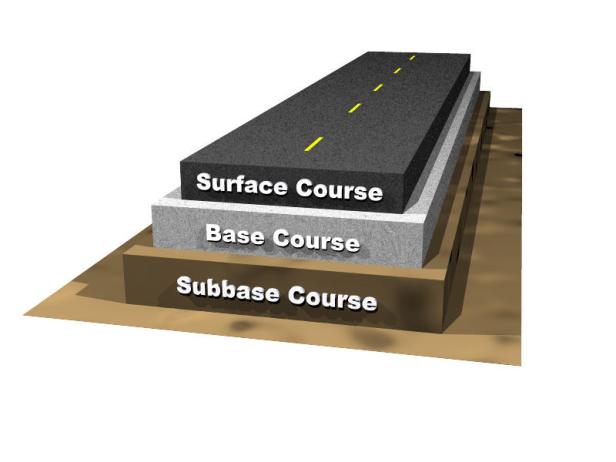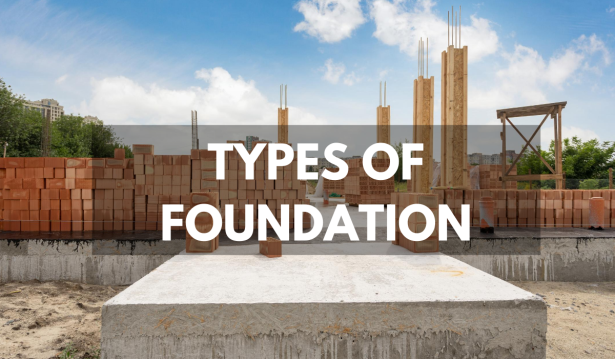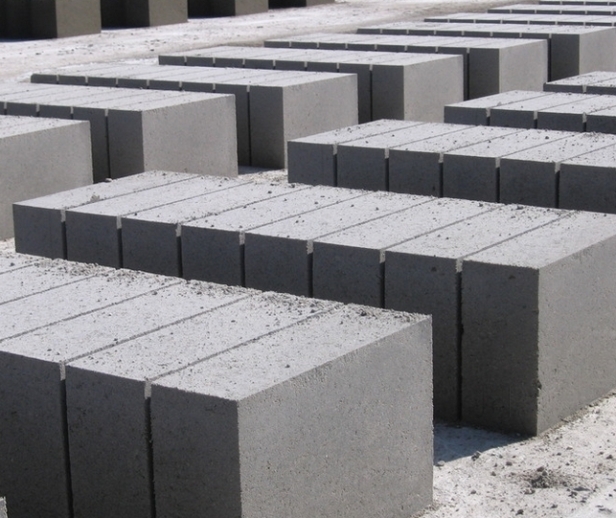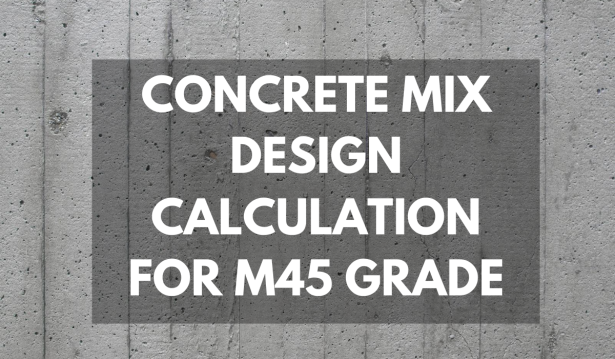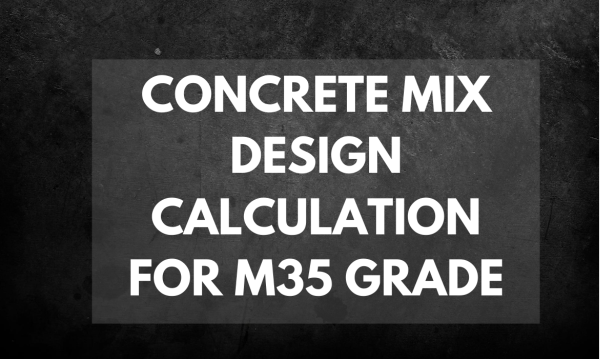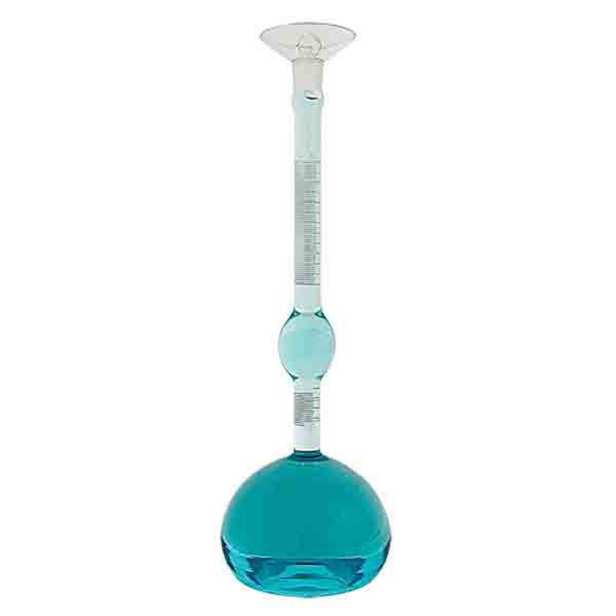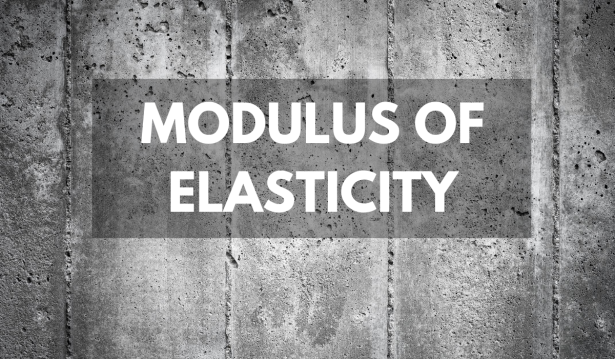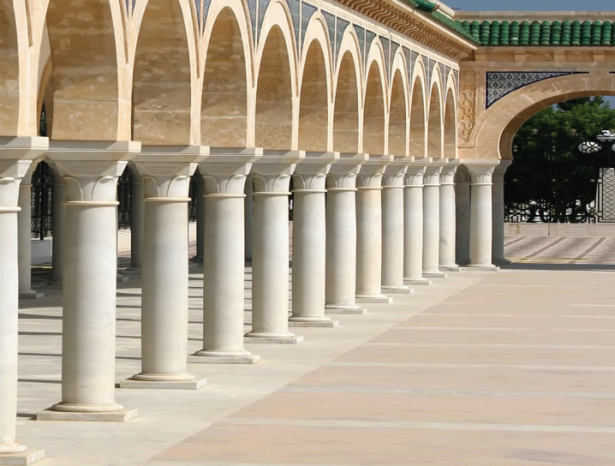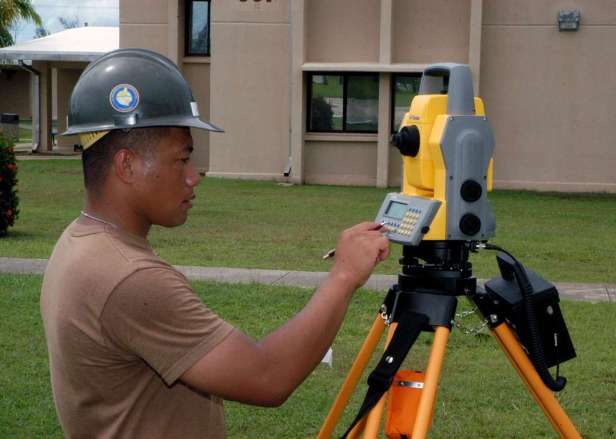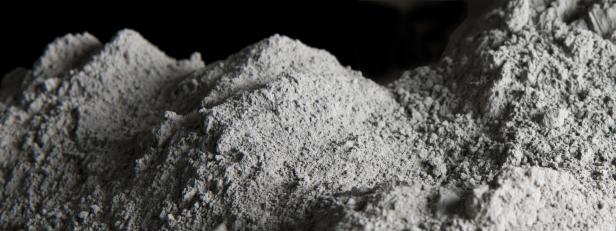What is a Retaining Wall?
A retaining wall is a structure used to retain the earth or other materials and to maintain ground surface at different elevations on either side of it.
Functions of a retaining wall
Retaining walls are used to hold back masses of earth or other loose material where conditions make it impossible to let those masses assume their natural slopes.
- Such conditions occur when the width of an excavation, cut, or embankment is restricted by conditions of ownership, use of the structure, or economy. For example, in railway or highway construction the width of the right of way is fixed, and the cut or embankment must be contained within that width.
- Similarly, the basement walls of the buildings must be located within the property and must retain the soil surrounding the base.
Types of retaining wall
- Gravity retaining wall
- Cantilever retaining wall
- Counterfort retaining wall
- Buttress wall
- Bridge abutment
- Box culvert
1. Gravity retaining wall
The gravity retaining wall retains the earth entirely by its weight and generally contains no reinforcement. It is used up to 10 ft height.

2. Cantilever retaining wall
The reinforced concrete cantilever retaining wall consists of a vertical arm that retains the earth and is held in position by a footing or base slab. In this case, the weight of the fill on top of the heel, in addition to the weight of the wall, contributes to the stability of the structure. Since the arm represents a vertical cantilever, its required thickness increases rapidly, with increasing height. It is used in the range of 10 to 20 ft height.

3. Counterfort retaining wall
In the counterfort wall, the stem and base slab is tied together by counterforts which are transverse walls spaced at intervals and act as tension ties to support the stem wall. Counterforts are of half or larger heights. Counterfort walls are economical for heights over 25 ft.

4. Buttress wall
A buttress wall is similar to a counterfort wall except that the transverse support walls are located on the side of the stem opposite to the retained material and act as compression struts. Buttresses, as compression elements, are more efficient than the tension counterforts and are economical in the same height range.

5. Bridge Abutment
This is a free-standing wall category. A wall type bridge abutment acts similar to a cantilever retaining wall except that the bridge deck provides an additional horizontal restraint at the top of the stem. Thus this abutment is designed as a beam fixed at the bottom and simply supported or partially restrained at the top.

6. Box culvert
It acts as a closed rigid frame. It consists of either single or multiple cells. It resists the lateral pressure of earth and vehicle load.

End of the content. Please feel free to contact us info.civilsynergy@gmail.com.
Follow us on Facebook to get instant access to our latest additions.
Also don’t forget to peek at some of the posts we have created specially for a cool civil engineer like you 😉


